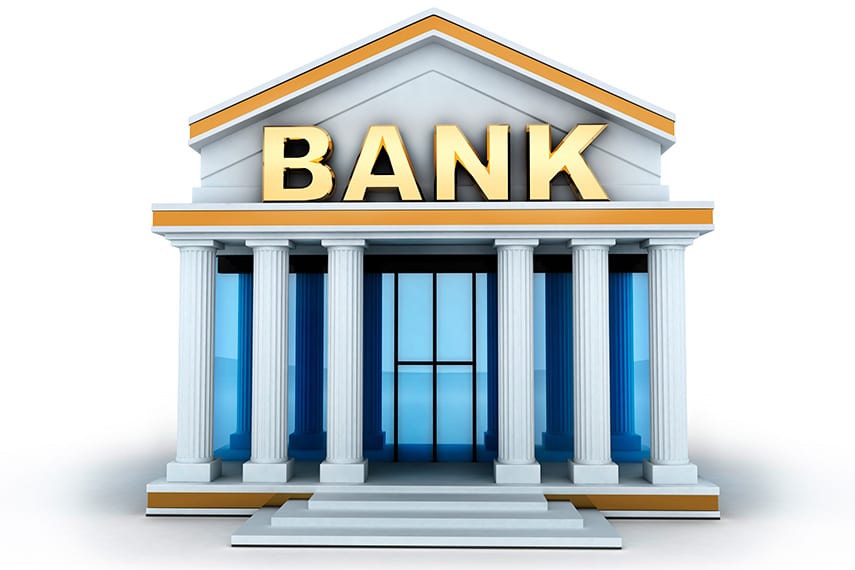6 Indicators of a Potential Recession
It seems that in the media today there are more and more mentions of the dreaded R-word: recession With growing economic uncertainty, the threat of potential recession seems to be growing as...
Economy

The combined profits of the ten largest banks in the United States have now reached levels not seen since 2007. They are now within striking distance of eclipsing their previous record profits. As we all know now, those profit levels in 2007 hid the instability lurking beneath the surface. Large profits were supported by risky lending, with lucrative subprime mortgage lending ultimately leading to the banking system’s hard crash in 2008. Is the return of bank profitability to near-record levels sustainable, or does it indicate that risky lending is back?
Much of the discussion surrounding bank profits has revolved around the role that the Dodd-Frank Act played on banks’ behavior. Passed in the aftermath of the financial crisis, Dodd-Frank was allegedly passed with the goal of preventing another financial crisis by keeping banks from engaging in risky behavior. The massive number of regulations that resulted from the Act’s passage threw the financial sector for a loop and depressed bank activity for a while.
Now that most of the bill’s effects have trickled through and banks have had a chance to adjust to the new regulations put into place, bank profits have rebounded to their pre-crisis levels. That, of course, leads one to question whether Dodd-Frank actually did anything to curb risky lending behavior or whether it was just window dressing.
It is undebatable that the Federal Reserve’s loose monetary policies have played a role in bank profitability. With trillions of dollars of newly-created money pushed into the financial system, banks would have to work hard not to be profitable. Reports of higher levels of credit card debt, more auto loans, and overall greater levels of indebtedness mean that Americans are no longer in sound financial shape. Making money off of people who are taking out more loans can only last as long as people can pay off those loans. And when they can’t pay back their loans? Then the music stops, just like it did in 2007 and 2008.
All of this taken together has to lead us to wonder whether the market is nearing its top. Yes, the economy should be larger and more productive than it was a decade ago, but bank profits soaring to levels that were shown to be unsustainable ten years from now should give investors pause. More than likely the most current profit levels are also unsustainable and are derived from lending to sub-par debtors.
What all of this also means is that bank accounts aren’t going to be terribly safe places to stash money in the coming months. Large banks such as Wells Fargo, which took over the failing Wachovia during the financial crisis, remain highly exposed to assets that could quickly lose value, such as mortgage-backed securities and commercial real estate. A drop in housing or commercial real estate prices, fewer people staying current on their mortgages, and soon we could see a repeat of 2008.
That’s why it’s important to keep your assets safe. Not only are bank accounts a risky place to hold money when financial conditions worsen, they’re not even that great during the good times. Interest rates on savings accounts are almost nil, making it almost not worth your while to hold money in the bank. Contrast that with gold, which rises in value in good times and in bad. Since the gold window was closed in 1971, gold’s dollar value has increased by an average of over 7% per year and saw huge gains during the financial crisis. Holding gold is a much safer bet when it comes to keeping your assets safe than leaving money in a bank account.

